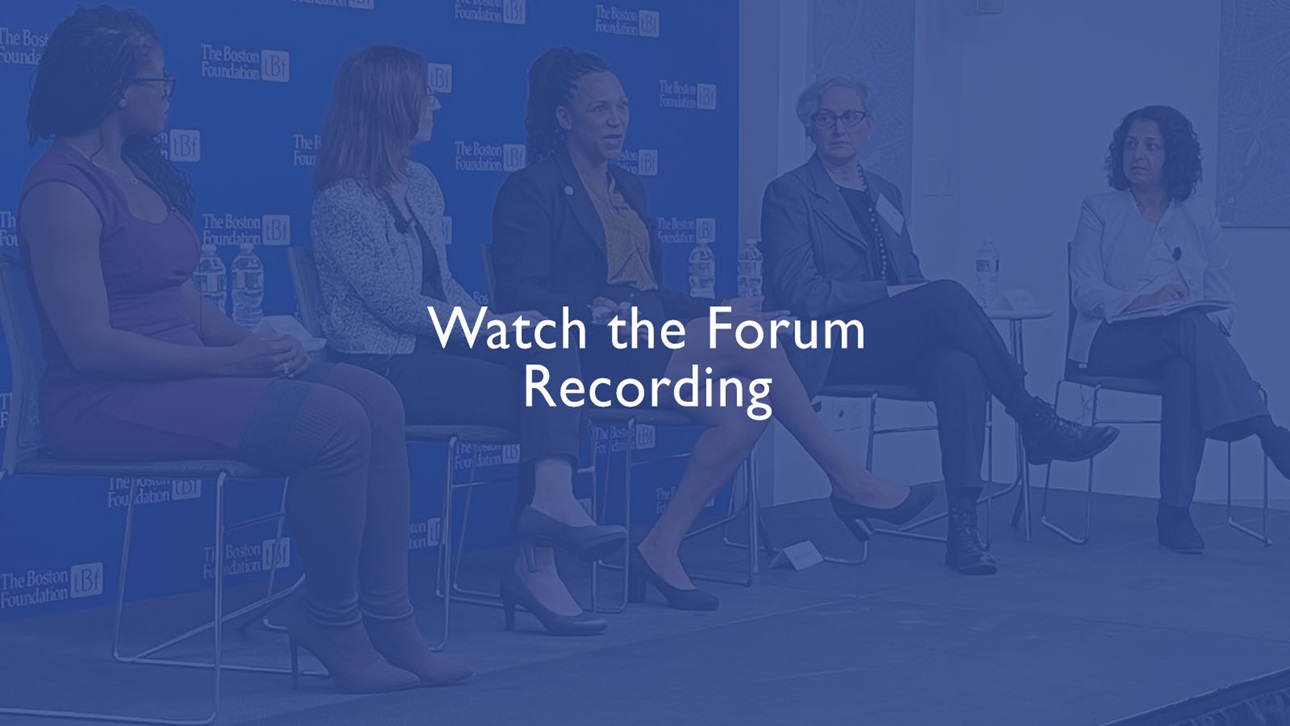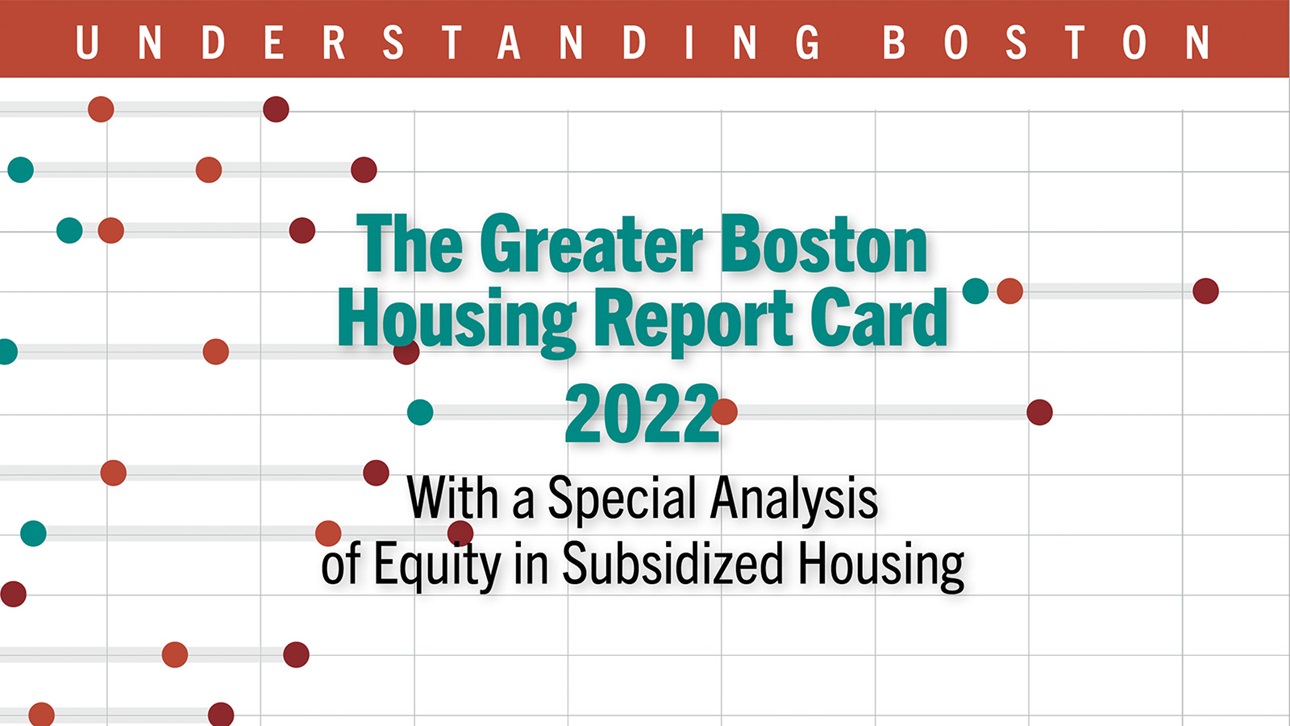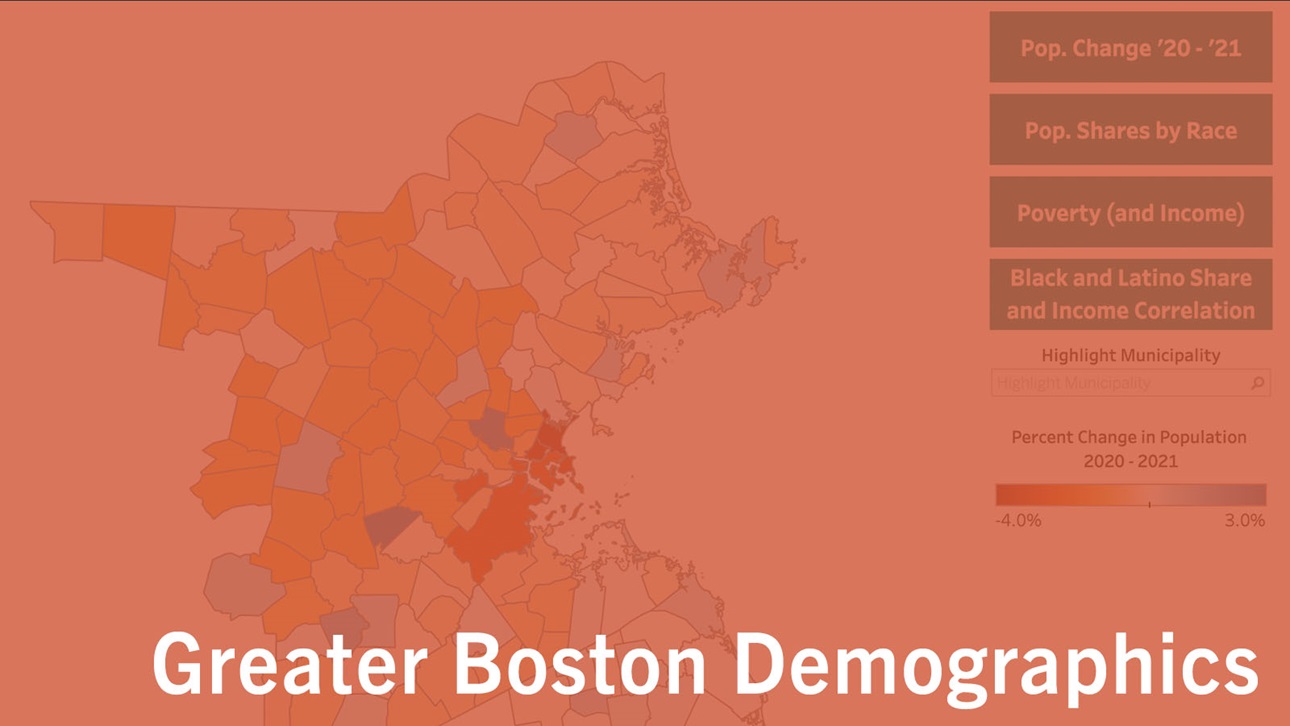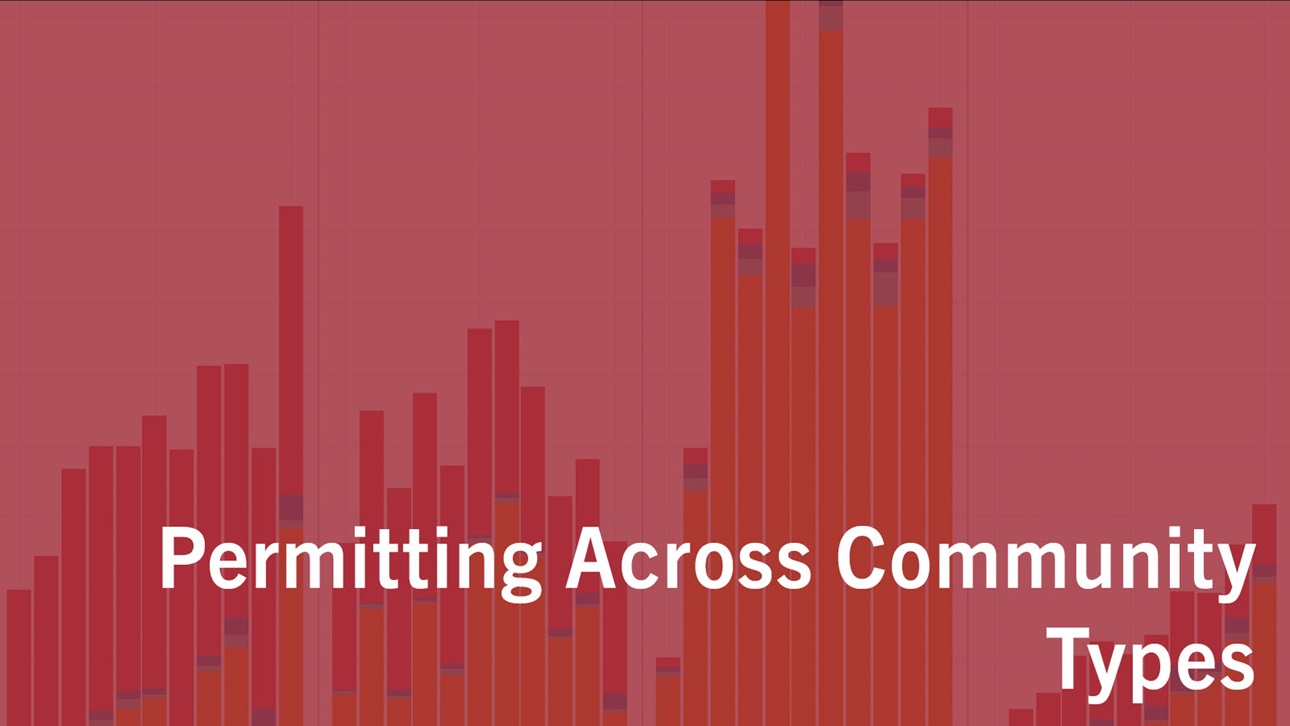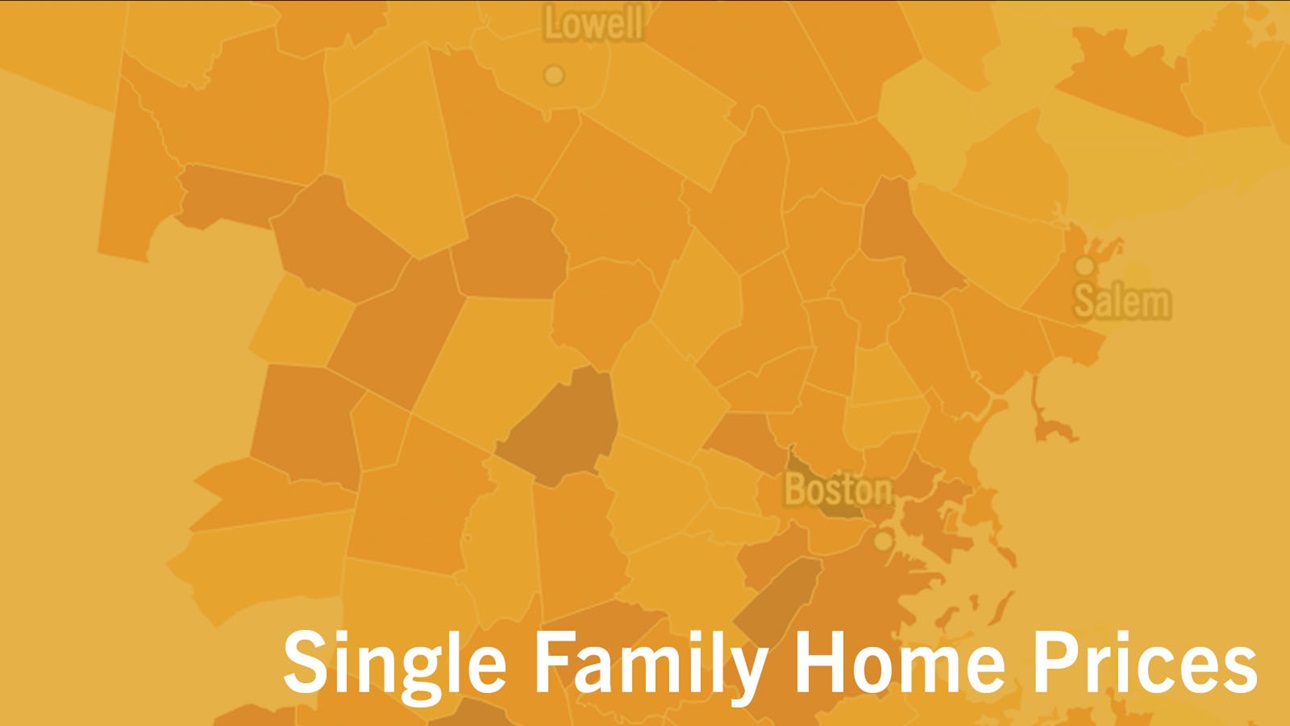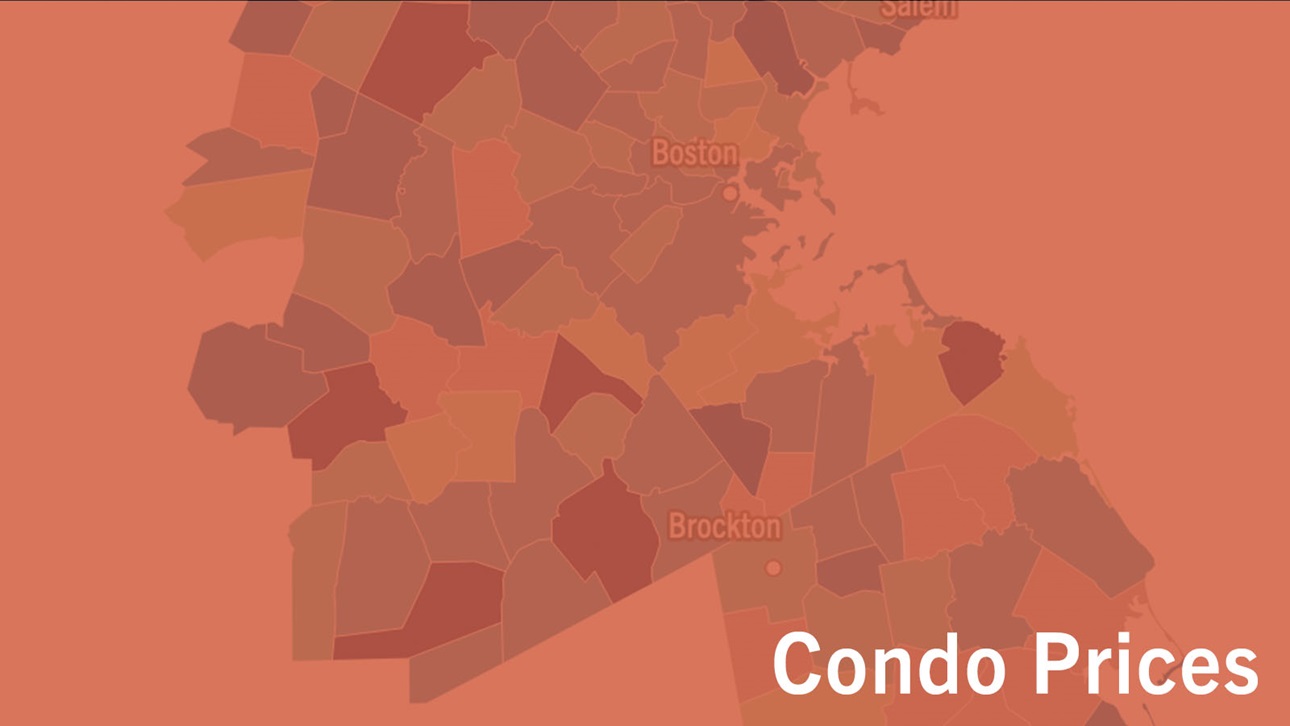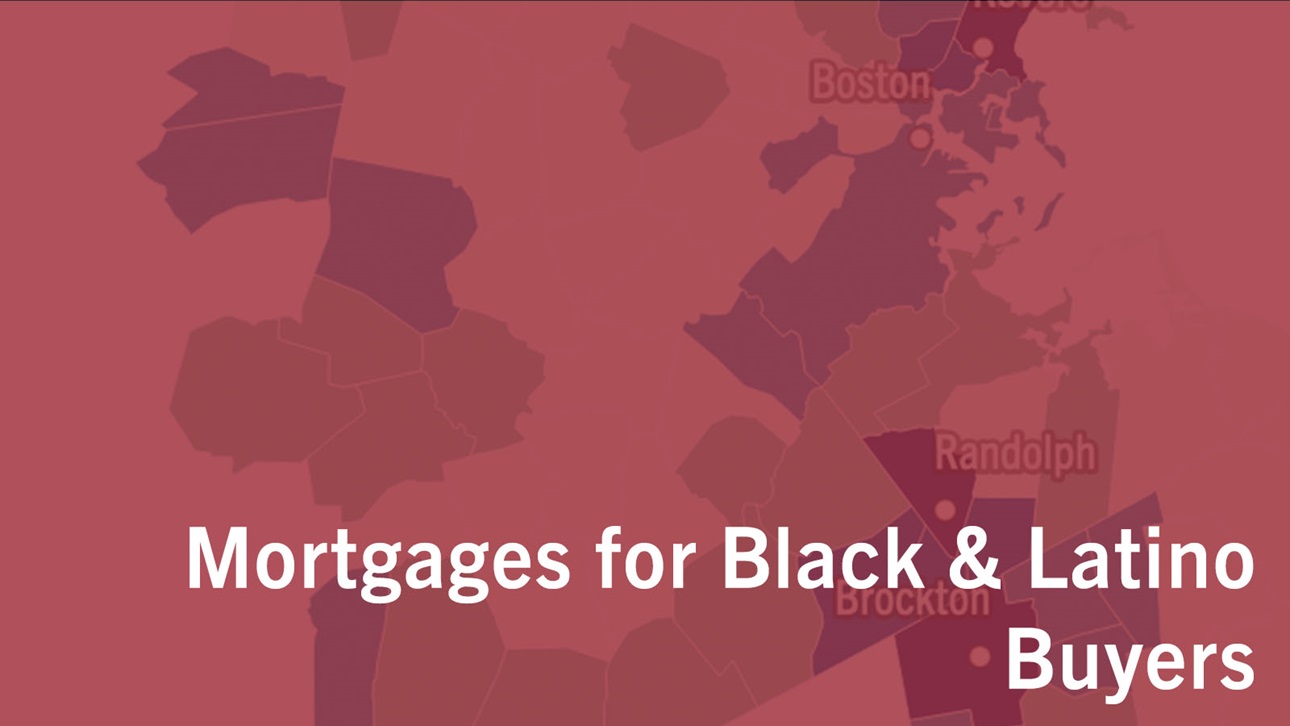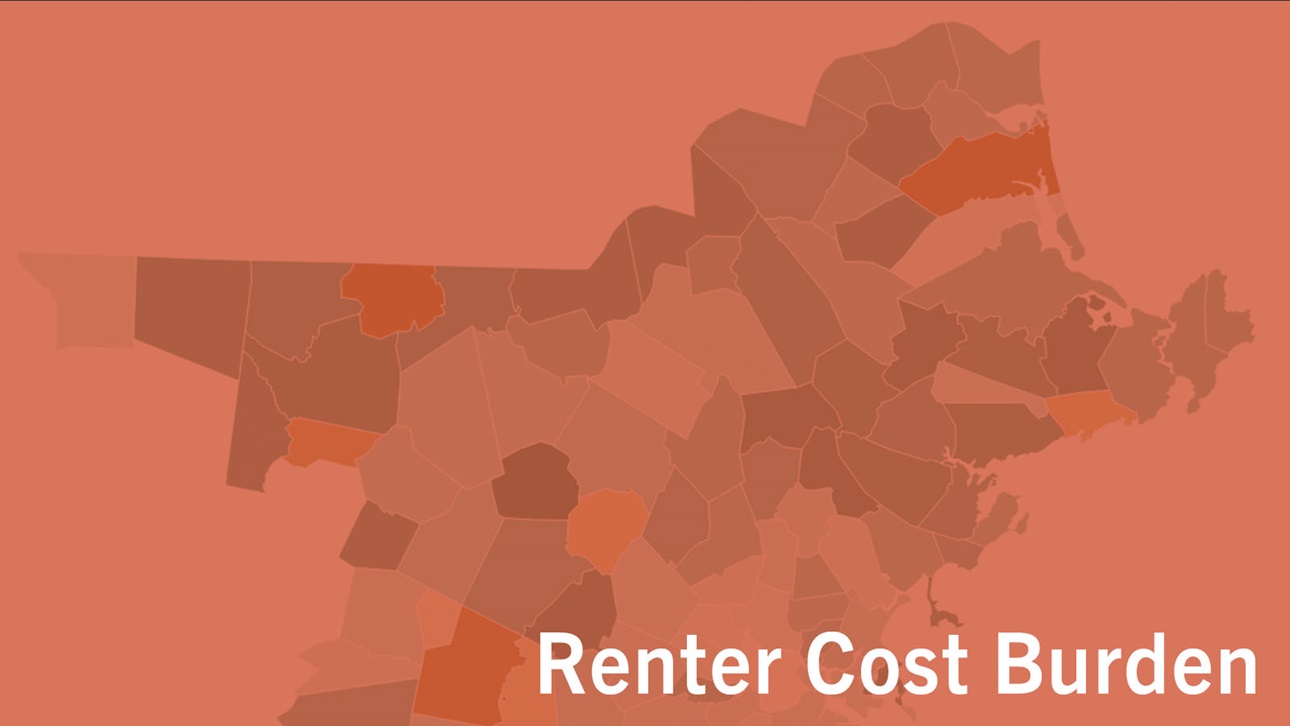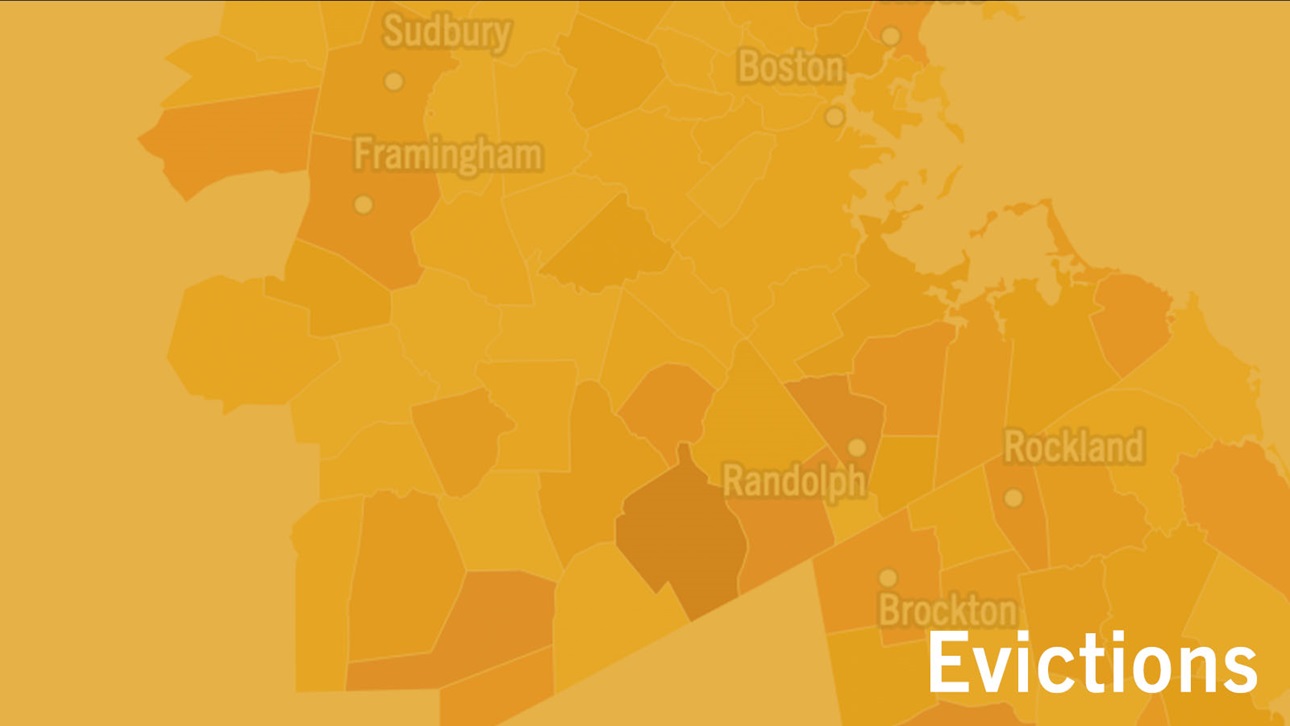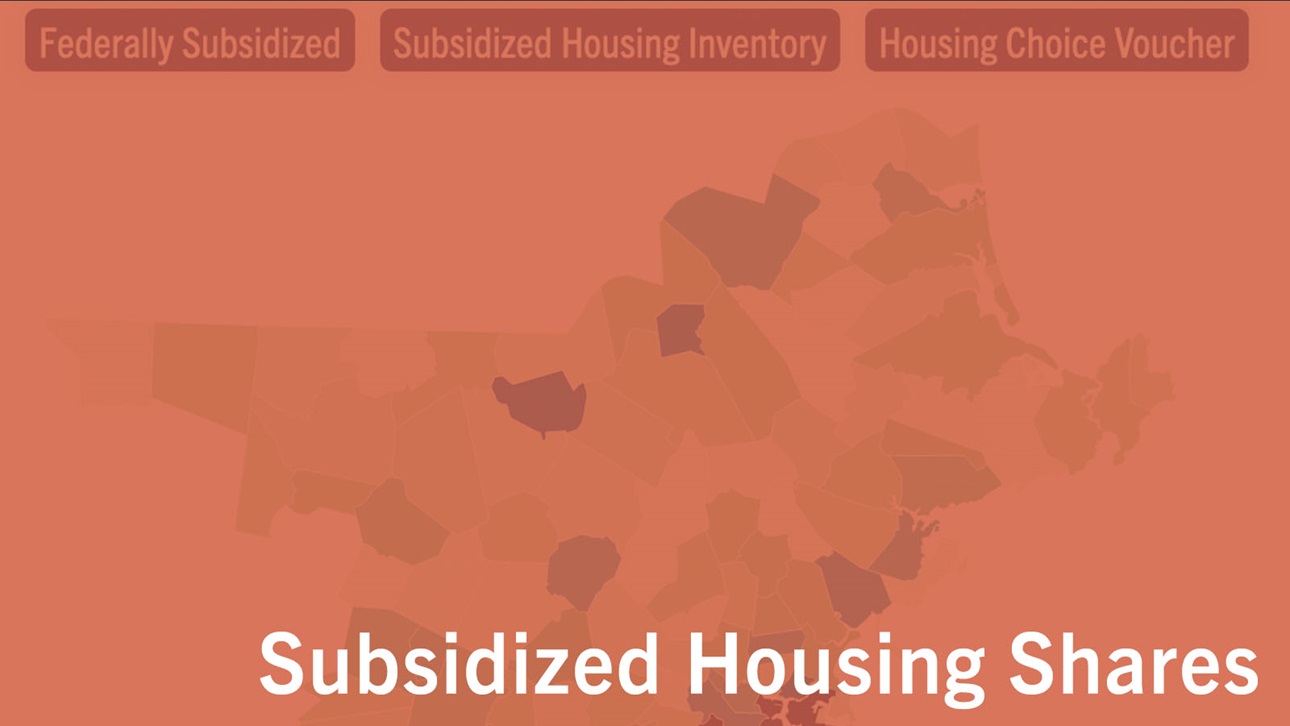2022 Greater Boston Housing Report Card
Preface
Core Metrics
Regional Context and Demographic Trends
Supply
Prices
Affordability
Housing Instability
Subsidized Housing
Equity in Subsidized Housing
IntroductionMethodology
Information Fragmentation
A Fragmented Application Process
Exclusionary Obstacles
Policy Recommendations
Appendix
City/Town-Level Data from Core Metrics SectionsFor Boston Indicators
Anne Calef, Research Manager,
Peter Ciurczak, Research Analyst
Luc Schuster, Executive Director
For Boston University
Katherine Levine Einstein and Maxwell Palmer
Associate Professors of Political Science and Faculty Fellows at the Initiative on Cities
Editors:
Soni Gupta
Associate Vice President, Neighborhoods and Housing, the Boston Foundation
Sandy Kendall
Editorial Director, the Boston Foundation
Explore the Report Card:
Dear Friends,
Twenty years ago, the Boston Foundation’s inaugural Greater Boston Housing Report Card began tracking the growth, shortfalls, evolution and economics of housing in our region. Even in 2002, production and supply did not match need and demand. The bottom line is that it has always been expensive to live in our region. The specific numbers have changed since then, jostled by recession, innovation, pandemic and inflation. In some years production numbers have been good, but most of it has been at the high end of the real estate market. Some years we’ve made advances in numbers of affordable units, but they’ve not been well distributed. The Report Card has taken a hard look at the field each year, and along with its findings has offered up ideas for adjustments to policy and practice to improve the market for the people living in it.
A concern for equity always has been woven into our work around housing. In the last year, however, TBF has embraced a new vision where a commitment to equity is the driver behind everything we do. And there may be no single issue as integral to achieving equity as housing. As a TBF donor to housing causes recently exclaimed to us, “If you don’t have a place to call home, how can you do anything else?”
In redefining the Foundation’s mission this year, we articulated several underlying commitments embodied in our work. One is to unapologetically face challenging issues. Housing in Greater Boston is nothing if not challenging. Another commitment is to value data measurement and analysis as essential guides in learning, decision-making, and performance measurement. This Report Card does that as well. Partnering with researchers each year, we maintain continuity on the sector over-view and explore new angles on the what the data tell us—or what data are missing.
Fairly and decently housing everyone in our region would be a huge step toward repairing past harms, from discriminatory rental practices to predatory lending, from real estate restrictions to thoughtless development. Mayor Wu is meeting this challenge head on with her recent executive order that focuses on expediting affordable housing approvals, preserving and financing housing and increasing homeownership. We urge leaders in all Greater Boston municipalities to take action in their communities. It is our ongoing hope that this document serves as an up-to-date guide—and perhaps goad—to working toward a more sustainable housing economy in Greater Boston, and in so doing allow our region to truly flourish.
M. Lee Pelton
President and CEO
The Boston Foundation
HOUSING IS A UNIVERSAL HUMAN NEED AND YET, AS A REGION AND A SOCIETY, WE CONTINUE TO FALL SHORT OF FULFILLING THAT NEED FOR ALL.
The data and findings in this report card parallel the housing efforts we see at work among community leaders and housing advocates. In broad terms, one area of focus is housing supply and demand and the resulting prices of homes to rent and own; another is affordability, housing instability and, new in the 2022 report card, subsidized housing. The core metrics section of the report card lays out the persistent realities of the region’s housing crisis related to market forces: cities and towns with variable and insufficient housing production histories, and rents and home prices that are among the highest in the country.
There are some bright spots. Metro Core Communities and Regional Urban Centers, as defined in this report card, issued many more housing permits than previous years, paving the path to increasing housing supply. Other than Maturing Suburbs, all community types had an increase in multifamily housing production. The 2019 Greater Boston Housing Report Card demonstrated that multifamily housing production increases diversity among residents, so this trend is moving the region in the right direction.
And yet, segregation persists. It is pronounced for Black and Latino homeowners whose home purchases are concentrated in just a few cities and towns outside Boston. In fact, Black and Latino households experience disproportional harm in almost every measure related to housing. They are cost-burdened at greater rates, they have lower rates of homeownership, and they are faced with eviction proceedings at higher rates.
Increasing housing supply with the underpinning of zoning change is a necessary path for the region. It’s the long game, first with policy, then planning and eventually with the actual production of housing—a process that will take years and even decades.
Meanwhile, shockingly, almost half of Greater Boston renters pay more than a third of their household income toward housing costs—and for many, rent extracts more than half their income. We are a region where sky-high rents take a toll on individuals and families.
This is the crisis of the present moment, where households are at risk of losing their housing now. Renters and owners who are barely making rent and mortgage payments face the prospect of eviction or foreclosure, and in worst-case situations, homelessness. For these households, there is no long game—the crisis is already knocking at their door. And it is particularly acute for households of color, who are much more likely to face eviction proceedings against them. It plays out in neighborhoods and communities that are home to more households of color, particularly Black and Latino households.
There is no question that the best of our efforts for housing stabilization during COVID must continue, with special attention to households of color, those with disabilities, recent immigrants and others who may be reluctant or unable to seek out support from conventional sources. It is also where subsidized housing plays a vital role in providing affordable options to lower-income households. Metro Core communities have done significantly more than others in providing this affordable stock, followed by Regional Urban Centers, but other communities are trailing far behind and must step up.
We examine another, related element of our housing crisis in this year’s special topic, “Who Can Win the Lottery: Moving toward equity in subsidized housing.” This section of the report uncovers inequities in several administrative practices related to subsidized housing and also in the targeting of specific populations for new affordable housing developments. Some subsidized housing marketing and lottery administration practices could result in low-income households of color never even learning of new homes being available. Producing more subsidized housing cannot reduce racial disparities if households of color do not have access to that housing, including those on the decades-long waiting lists at many local housing authorities. We must, therefore, peel back the layers to ensure that the harms of the past, including racial covenants and redlining, are not being replicated into the future.
One of the primary objectives of the Fair Housing Act of 1968 was to prevent race-based discrimination in the sale and rental of housing. In 2021, the federal department of Housing and Urban Development restored the Affirmatively Furthering Fair Housing (AFFH) provision that was in the Fair Housing Act. The provision asks for the federal government to do more than prevent discrimination; it calls for actions that enable people of color, immigrants, people with disabilities and families with children to have access to safe, decent and affordable housing in communities of their choice. We have a valu-able opportunity to take up AFFH on a statewide front to ensure that housing production, tenant protections and subsidized housing fulfill an ambitious and far-reaching racial equity and housing justice agenda.

Part I: Core Metrics
In Part I of the 2022 Report Card, researchers from Boston Indicators lay out the changing demographics of the Greater Boston market, and explore trends in pricing, home availability for renters and buyers and more. The region's chronic lack of affordable housing places a disproportionate burden on low-income families, but there are a few potential bright spots in a landscape that continues to be challenging.

Part II: Who WIll Win the Lottery?
In Part II, Professors Katherine Levine Einstein and Maxwell Palmer of Boston University's Initiative on Cities explore equity in subsidized housing. They find a system that challenges homeseekers to navigate fragmented information and application systems, outreach that often misses those most in need of subsidized housing, and obstacles at the local level that can disqualify homeseekers. But there are signs of progress, and a unique opportunity with a new Administration at the State House.

